The smallest and most affordable of Chinese state-owned auto manufacturer Chery’s crossover SUV line-up, the Tiggo 2 is a fairly equipped, comfortable, convenient and practical vehicle, with reasonable levels of refinement and appeal. If not an outright premium vehicle by any means, and while only test driven quite briefly, the Tiggo 2 however certainly shows a marked improvement at Chery, compared to products first reviewed in these pages when the brand was still a newcomer to the Jordanian market some 15 years ago
Among the smallest crossovers currently available, the Tiggo 2’s closest price competitor is the affordably iconic Lada 4×4 Urban. However, the two are conceptually different, with the Lada being significantly more off-road capable with its four-wheel-drive and extensive hardware. Meanwhile the Tiggo is a practical daily use front-drive crossover with useful 187mm ground clearance. Instead, the Tiggo 2 is perhaps something of a budget Nissan Kicks alternative that more closely competes with the Renault Stepway, Ford EcoSport or its own Chinese co-national Changan CS35.
Sculpted and statuesque with its squinting headlights, big lower intake styling, high-set rear lights, jutting tailgate spoiler, hexagonal grille and prominent sill and waistline creases, the Tiggo 2’s design is handsomely contemporary. If not a showstopper, the Tiggo’s design is nevertheless attractively assertive, with an athletic stance, yet is not exaggerated or seeming to promise more than it can deliver. Though an urban-oriented crossover, the Tiggo 2 features rugged styling flavours including lower black body and wheelarch cladding, and faux front and rear skidplates.
 Positioned transversely under its clamshell bonnet, the Tiggo 2 is powered by a Mitsubishi-derived naturally-aspirated 1.5-litre 4-cylinder engine, as locally available. Driving the front wheels through a smooth shifting 4-speed automatic gearbox, the Tiggo 2’s engine develops 105BHP at 6,000rpm and 100lb/ft torque at 2,750rpm. Hauling its 1,215kg mass through 0-100km/h in a roughly estimated 15-seconds and capable of a 160km/h top speed, the Tiggo 2’s performance may not be scintillating, but reasonably well keeps up with traffic, as driven in urban conditions.
Positioned transversely under its clamshell bonnet, the Tiggo 2 is powered by a Mitsubishi-derived naturally-aspirated 1.5-litre 4-cylinder engine, as locally available. Driving the front wheels through a smooth shifting 4-speed automatic gearbox, the Tiggo 2’s engine develops 105BHP at 6,000rpm and 100lb/ft torque at 2,750rpm. Hauling its 1,215kg mass through 0-100km/h in a roughly estimated 15-seconds and capable of a 160km/h top speed, the Tiggo 2’s performance may not be scintillating, but reasonably well keeps up with traffic, as driven in urban conditions.
Responsive to throttle input from standstill and steadily, linearly progressive in delivery, the Tiggo 2’s engine might not be quite as powerful as some rivals, but is fluent through revs and relatively smooth in operation, with no sudden surges or off-boost shortcomings as might be the case with some turbo engines. Additionally, its, albeit modest, torque is made available relatively low in the rev range for improved in-town and on-the-move flexibility. Comparatively light, and small, the Tiggo 2 claims low fuel consumption at 5.9-litres/100km.
A very much car-like front-drive crossover riding on MacPherson Strut front and torsion beam rear suspension, the Tiggo 2 proved to be a mostly comfortably modern, stable and competent handling vehicle, during limited test drive opportunity. Untested under more demanding conditions, how the Tiggo 2 avails itself closer to its dynamic limits is not clear, but as driven, it smoothly and comfortably dispatched most bumps and lumps, but one particularly jagged pothole, which was felt and heard in a slightly more pronounced manner.
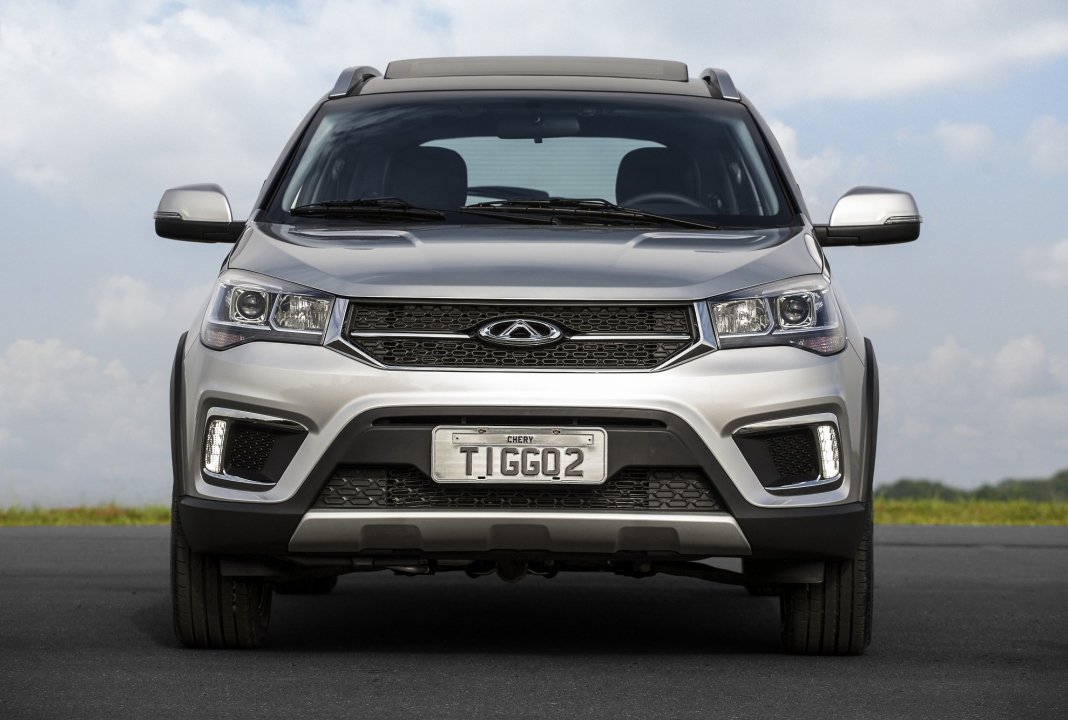 Maneuverable and easy to drive, park and place on the road with its compact dimensions, light steering and generally good visibility, local spec Tiggo 2 versions don’t come with, or particularly need, a reversing camera. Over low speed imperfections its ride was settled, but how it responds to vertical undulations at speed wasn’t clearly evident. Body lean was controlled, brakes were responsive, and ride and noise refinement again proved acceptably good, but again, more extensive testing would have yielded more detailed and nuanced insights.
Maneuverable and easy to drive, park and place on the road with its compact dimensions, light steering and generally good visibility, local spec Tiggo 2 versions don’t come with, or particularly need, a reversing camera. Over low speed imperfections its ride was settled, but how it responds to vertical undulations at speed wasn’t clearly evident. Body lean was controlled, brakes were responsive, and ride and noise refinement again proved acceptably good, but again, more extensive testing would have yielded more detailed and nuanced insights.
Responsive to sudden but small successive directional changes with no delayed follow through sensations, the Tiggo 2’s steering was also quite well-weighted, responsive, accurate, and with adequate levels of feel, if not quite best or most delicately textured in its class. Inside, the Tiggo 2’s driving position had good levels of adjustability, visibility and comfort, but didn’t have adjustable lumbar support, while lateral support could not be too accurately assessed. Steering wheel, gear lever and controls were meanwhile close to hand and user-friendly.
Well packaged for its compact frame, the Tiggo 2 delivers very good driver headroom and shoulder room, but slightly more thigh room for portlier drivers would be welcome. Rear passengers get above average head and legroom and adequate door aperture and access, while its deep flat floor boot accommodates 420-litres and more with split rear seats folded. Appointed cost-effectively the Tiggo 2’s hard plastics and fabric upholstery are however off-set with gloss orange and faux carbon-fibre accents for a livelier, sportier and cheerier ambiance.
Specifications: Chery Tiggo 2 1.5L
- Engine: 1.5-litre, transverse, 4-cylinders
- Bore x stroke: 77.4 x 79.5mm
- Valve-train: 16-valve, DOHC
- Gearbox: 4-speed automatic, front-wheel-drive
- Power, BHP (PS) [kW]: 105 (106) [78] @6,000rpm
- Specific power: 70.1BHP/litre
- Power-to-weight: 86.4BHP/tonne
- Torque, lb/ft (Nm): 100 (135) @2,750rpm
- Specific torque: 90.2Nm/litre
- Torque-to-weight: 111.1Nm/tonne
- 0-100km/h: 15-seconds (estimate)
- Top speed: 160km/h
- Fuel consumption: 5.9-litres/100km
- Fuel capacity: 50-litres
- Length: 4,200mm
- Width: 1,760mm
- Height: 1,570mm
- Wheelbase: 2,555mm
- Track, F/R: 1,495/1,484mm
- Ground clearance: 186mm
- Approach / departure: 24° / 32°
- Luggage volume, minimum: 420-litres
- Unladen weight: 1,215kg
- Suspension, F/R: MacPherson struts / torsion beam
- Steering: Power-assisted rack & pinion
- Turning circle: 10.5-meters
- Brakes, F/R: Ventilated discs / discs
- Tyres: 205/55R16
- Price, on-the-road, with third party insurance: JD11,900-12,250
Rivals and alternatives
Lada 4×4 Urban 4-Door
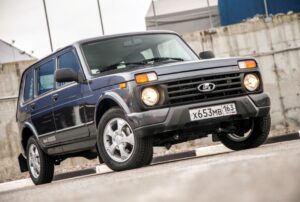 A rugged, practical, maneuverable and comfortably riding cross between compact daily driver and genuine off-roader, the Lada 4×4 however may not have the luxury, refinement or high speed performance of modern compact crossovers, but more than makes up with its iconic appeal, affordable utility and off-road ability that puts most SUVs to shame most SUVs, at just a fraction of the price.
A rugged, practical, maneuverable and comfortably riding cross between compact daily driver and genuine off-roader, the Lada 4×4 however may not have the luxury, refinement or high speed performance of modern compact crossovers, but more than makes up with its iconic appeal, affordable utility and off-road ability that puts most SUVs to shame most SUVs, at just a fraction of the price.
Specifications: Engine: 1.7-litre, in-line 4-cylinders; Gearbox: 5-speed manual, four-wheel-drive, low gear ratios; Power, BHP (PS) [kW]: 82 (83) [61] @5,000rpm; Torque, lb/ft (Nm): 95 (129) @4,000rpm; 0-100km/h: 19-seconds; Top speed: 137km/h; Length: 4,140mm; Width: 1,680mm; Height: 1,640mm; Wheelbase: 2,700mm Ground clearance: 200mm; Weight: 1,425kg; Suspension, F/R: Double wishbones / solid axle, coil springs
Renault Stepway
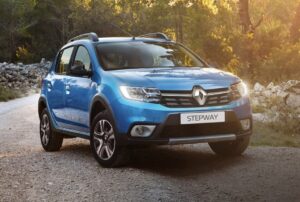 A more car-like compact crossover designed and built by the French manufacturer’s Romanian Dacia subsidiary, the Stepway is a quintessential urban crossover, with the agility, maneuverability and affordability or a compact hatchback, and the added ground clearance to make short work of rutted city streets, kerbs, oversized bumps and the occasional dirt road.
A more car-like compact crossover designed and built by the French manufacturer’s Romanian Dacia subsidiary, the Stepway is a quintessential urban crossover, with the agility, maneuverability and affordability or a compact hatchback, and the added ground clearance to make short work of rutted city streets, kerbs, oversized bumps and the occasional dirt road.
Specifications: Engine: 1.6-litre, transverse 4-cylinders; Gearbox: CVT, front-wheel-drive; Power, BHP (PS) [kW]: 109 (110) [81] @5,750rpm; Torque, lb/ft (Nm): 109 (148) @3,750rpm; Length: 4,089mm; Width: 1,761mm; Height: 1,555mm; Wheelbase: 2,589mm; Ground clearance: 173mm; Weight: 1,100kg (estimate); Suspension, F/R: MacPherson struts / torsion beam
Chevrolet Groove
 Set to arrive in Middle East markets, the Chevrolet Groove is in essence a fashionably named export version of the American brand’s Chinese SAIC-GM-Wuling partnership. An unknown quantity in the region, the Groove is dubbed the Baojun 510 in its home market, and is a compact and contemporarily styled crossover with a 3-cylinder engine and CVT transmission.
Set to arrive in Middle East markets, the Chevrolet Groove is in essence a fashionably named export version of the American brand’s Chinese SAIC-GM-Wuling partnership. An unknown quantity in the region, the Groove is dubbed the Baojun 510 in its home market, and is a compact and contemporarily styled crossover with a 3-cylinder engine and CVT transmission.
Specifications (estimates): Engine: 1.5-litre, transverse 3-cylinders; Gearbox: CVT, front-wheel-drive; Power, BHP (PS) [kW]: 114 (116) [85] @6,000rpm; Torque, lb/ft (Nm): 106 (144) @3,800rpm; Length: 4,220mm; Width: 1,740mm; Height: 1,615mm; Wheelbase: 2,550mm; Weight: 1,250kg (estimate); Suspension, F/R: MacPherson struts / torsion beam



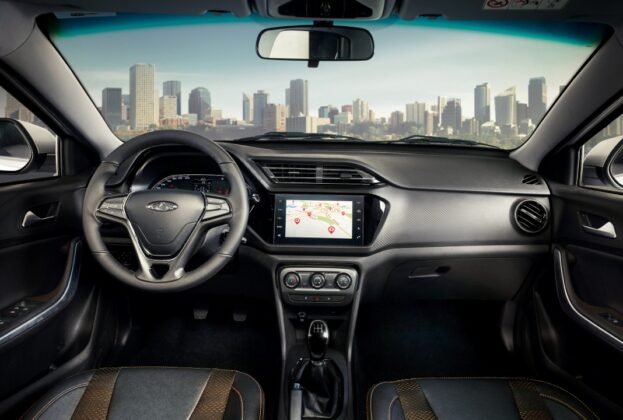
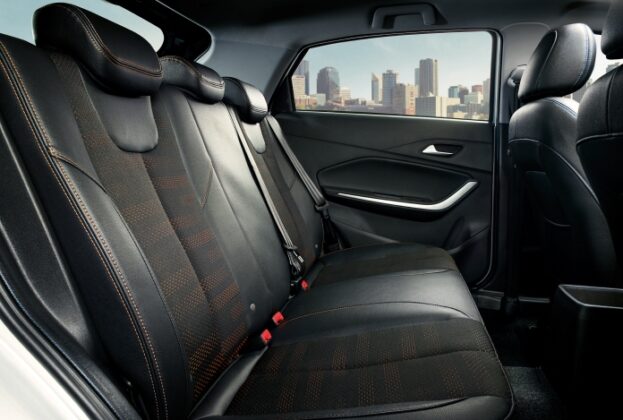
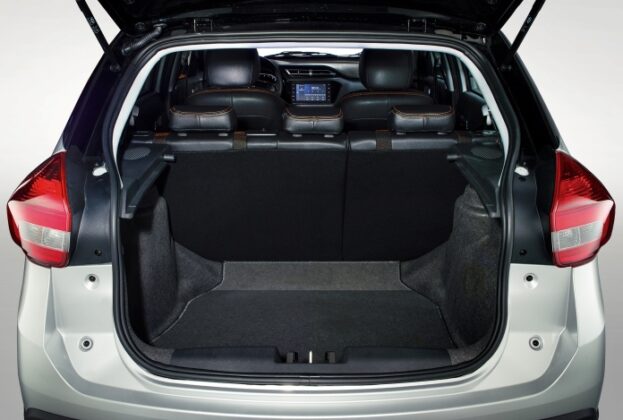


























Recent Comments